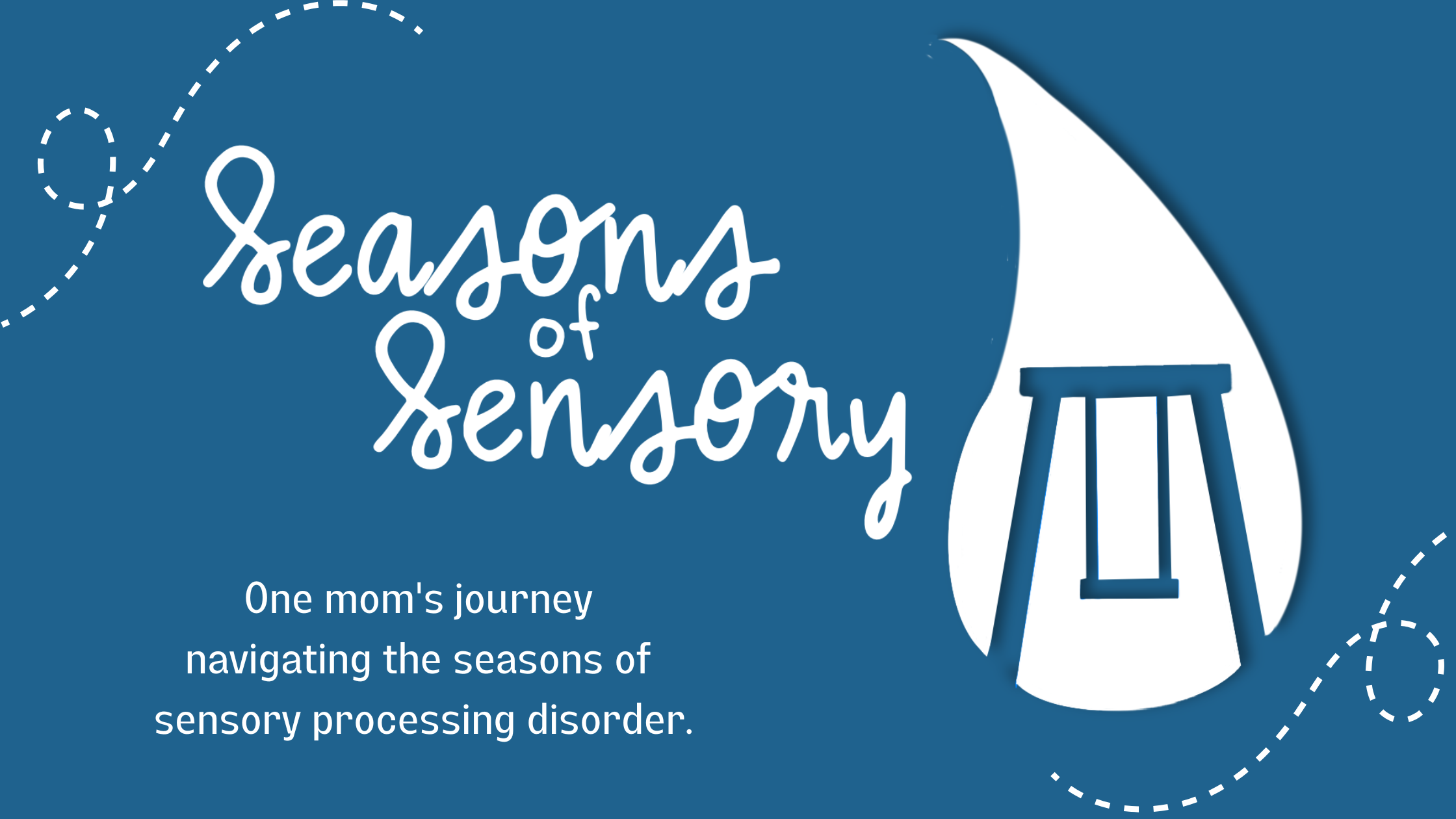Meltdowns of any kind are hard on kids and caregivers, but especially when they happen frequently. When meltdowns occur, it can sometimes be difficult to determine if the root cause is sensory or behavioral. It is typical for children to experience both types of meltdowns and they often look similar: inattention, fidgeting, defiance, withdrawn, kicking, screaming, etc. It is important for us as parents/caregivers/therapists to try and identify the trigger for the meltdown to better understand the why so we can be solution-oriented and productive in our approach to de-escalation.
IS IT BEHAVIORAL?
Another way to frame this is to ask yourself Is it willful? Willful implies that a child had a CHOICE to act/respond in a given way. Behaviors are often learned because of attention (positive or negative), rewards, or reinforcements.
For example:
1- If a child throws something we may be quick to respond with a harsh “no” and give them “attention” for the behavior which reinforces it.
2- If a child purposefully falls to the ground at school and peers laugh, that reaction encourages the behavior because the child is getting some form of attention as a result.
3- If a child is told it is nap time and screams/yells and throws themself on the floor and the parents/caregivers let the child stay up later; this reinforces the behavior which will likely occur again because the child was rewarded for acting in a certain way.
The best and most productive way to respond to a behavioral meltdown is to show little to no emotion, use simple, repetitive language, guide the child, and ignore the behavior to help/attempt to distinguish it.
IS IT SENSORY?
To better understand a sensory meltdown, we must understand the sensory “why”…is the child overstimulated? Under stimulated?
Overstimulated: A child may experience sensory overload (and avoid certain sensory inputs). This may look like kicking, screaming, spitting, throwing, seeking out a quiet space (flight response) because the child’s body is overstimulated by sensory information in their environment (bright lights, crowded room, loud noises, etc.). Their senses are firing in their brain quicker than they can process them and they are completely overwhelmed – often without the words to communicate how their body feels.
Under Stimulated: A child may experience sensory-seeking tendencies because their body is under stimulated and needs more of a particular kind of sensory input. This may look like: bouncing, spinning, chewing, crashing, etc. This is because they are trying to give their body the input it is needing/craving.
The best and most productive way to respond to a sensory meltdown is to identify and remove the triggers when possible and then find interventions that work for your child. Not every strategy works every time. But with practice and reinforcement, children are often able to determine what strategies work for them and eventually maybe even implement them independently. For input ideas, visit the Sensory at Home page of this blog.
| Behavior Meltdown/Tantrum | Sensory Meltdown |
| -Seeking attention or specific reaction | -Child shows no interest in the way others react to their meltdown |
| -A demand is placed on child prior to reaction, or the child asked/demanded something prior to the behavior | -Happens out of nowhere (difficult to identify trigger). Child usually is not asking/demanding anything prior |
| -Child is aware of surroundings/environment and is making eye contact | -Little to no eye contact and is unaware of surroundings/environment |
| -Meltdown may end quickly if the child gets the desired outcome | -Longer lasting and may require more time and coping skills to recover |
| -Purposeful | -Biological response |
It is important to keep in mind that meltdowns are age appropriate and a part of a child’s development. Pushing limits and testing boundaries are common as children work to develop a sense of identity. Please also note that behavioral outbursts or meltdowns can be a form of communication and usually serve some sort of purpose (not feeling well, upset about not getting something they want, fear, frustration, etc.)
If you feel that your child is struggling with sensory meltdowns and you are not already working with an occupational therapist, I strongly recommend working with your child’s pediatrician to get a referral for an OT evaluation. That’s a great starting point.
If this blogpost leaves you with additional questions, please feel free to comment below and I’ll happily respond.
-Emily
